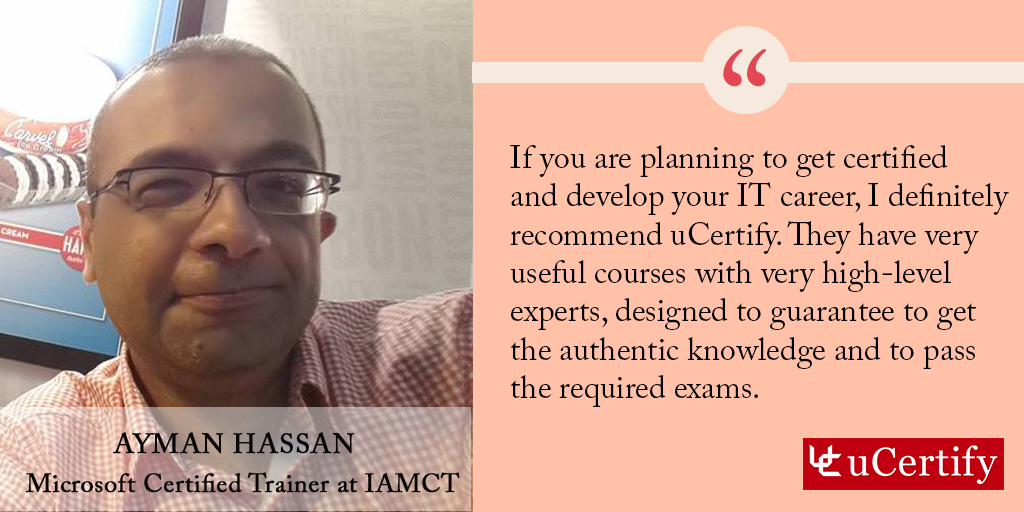The CompTIA test 220-604 (A+ Depot Technician) is meant for individuals who work or intend to work in an environment with limited customer interaction where hardware related activities are emphasized. This test measures an individual’s ability to install, configure, and troubleshoot hardware on a computer. Before taking the 220-604 test, you should practice the following:
- Identify the name of different parts in a computer and their functions and characteristics.
- Install the motherboard in the computer case.
- Identify the components on the motherboard, such as hard disk controller, floppy disk controller, CMOS chip, expansion slots, etc.
- Install and remove memory modules on the motherboard.
- Install add-on cards, such as display card, sound card, internal modem, etc., on the motherboard.
- Install device drivers for add-on cards installed on the motherboard.
- Install a CPU fan.
- Connect power supply connectors to the motherboard, hard disk drive, floppy drive, etc.
- Create partitions on the hard disk drive and format partitions.
- Install operating systems.
- Identify system resource conflicts, such as IRQ conflict and I/O address conflict, between devices.
- Configure important settings such as boot sequence, date and time, floppy disk drive parameters, hard disk drive parameters, etc., in BIOS.
- Install and remove CMOS battery.
- Provide and erase an existing password from BIOS.
- Identify various types of communication ports such as serial port, parallel port, USB port, IEEE 1394 port, etc.
- Identify procedures for installing and configuring common SCSI devices.
- Identify types of network cables, their characteristics and connectors.
- Install network interface cards on two computers, and create a computer network.
- Identify names, purposes, and characteristics of common network cables and connectors.
- Identify tools, basic diagnostic procedures, and troubleshooting techniques for printers and scanners.
- Identify various types of preventive maintenance measures, products, and procedures including liquid cleaning compounds, types of materials to clean contacts and connections, monitors, removable media devices, Uninterruptible Power Supply (UPS), suppressors, etc.
- Identify potential safety hazards and use Material Safety Data Sheets (MSDS) or equivalent documentation.
- Install service packs, patches, malicious software prevention tools.
- Recognize and respond appropriately to social engineering attack situations.
- Identify characteristics of hardware and software security such as Smart cards/biometrics and Authentication technologies.





No Comments Yet
Be the first to share your thoughts on this post!